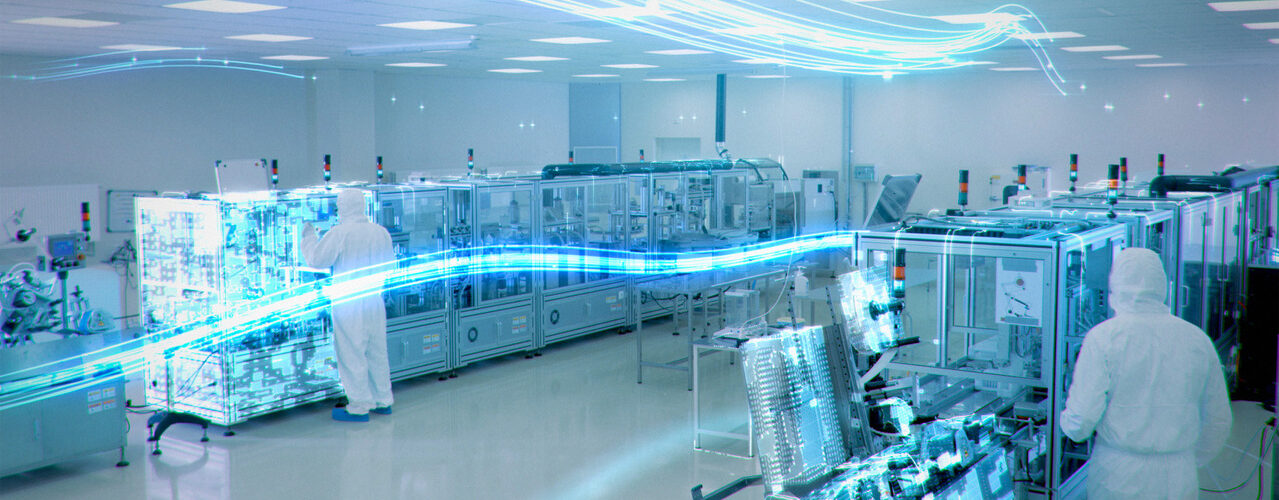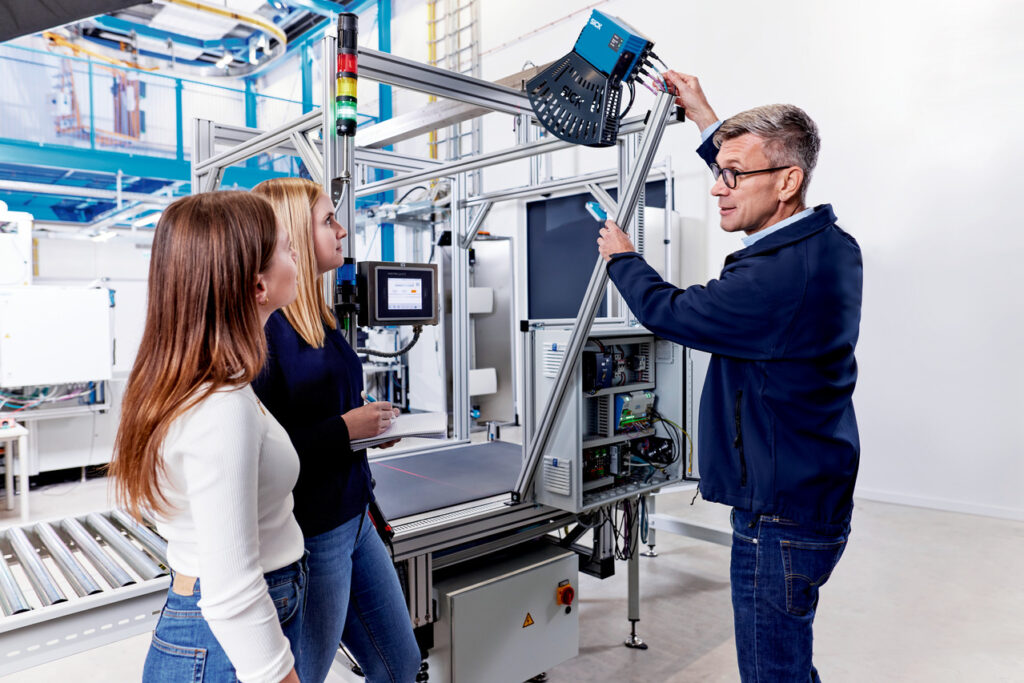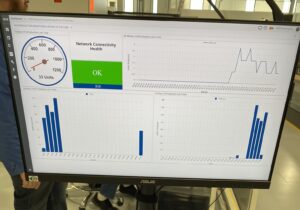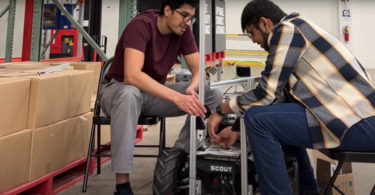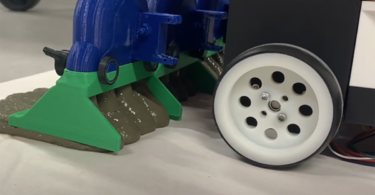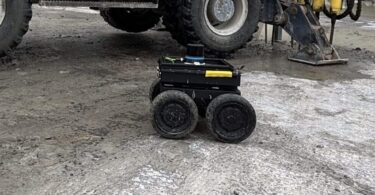We walk through what it’s like to be a Digital Technical Consultant at SICK

William Fisher’s day-to-day is never the same. As a Digital Technical Consultant for SICK, William can sum up his job in one way: solving customer’s problems. But it’s a bit more complex than that.
William works with the Consulting and Digital Solutions team at SICK. He has been with SICK for five years. His team handles numerous projects from all different areas, industries, and business sizes. His team handles any projects that go beyond the typical serial sensor or standard system approach. If there is a need to connect the SICK products to third-party control systems or non-standard systems, that’s when William’s skills are heavily relied on.
Customers range from all different industries, including automotive, logistics, electronics, retail, consumer goods, process automation, and pharmaceutical.
“Every day you are presented with a new challenge because every customer has different needs and requirements,” William said.
A Typical Day
First, William will consult with production or maintenance leaders and define the problem they are experiencing. This could range from a customer not having enough data to reliably understand what is happening within their processes or needing to access that data more easily or wanting a turnkey conveyor solution to help automate processes. The project scope ranges depending on customer requirements.
Once the requirement is identified, a plan is put in place to solve it. Programming for the project is done remotely in the background prior to installation. And then William works with various partners and assists with the installation and commissioning of the solution, where the customer will then sign off on each phase of the project.
Sometimes William will provide training and classes on the systems after implementation. This helps the customer train and maintain the system themselves.
Data is King
With the growing need for Industry 4.0 and digital transformation efforts in industrial automation, William’s services have never been more needed. Each manufacturer is at a different spot on their digital transformation journey; however, data is where that journey starts. Understanding and acting on that data guides you further down the path. Data is king in today’s world, and that’s how William can help.
For example, if a customer was using machines or systems that do not generate data, the solution is to add sensors in the facility and on these legacy machines to then generate actionable data. Digitalizing a machine like this allows the customer to gain a better understanding of what is most important to their operation. Whether that vision is focused on OEE, quality, or something else, it entirely all boils down to data generation and visualization/analysis.
“We’ve done this exact project in the construction of our new production facility in Minneapolis, Minn.,” William said. “On our Z18 production line, we added a sensor that counts how many parts are being soldered. Prior to this, they used to manually write down every five parts they soldered. The sensor now automatically counts it for them. Going from a manual to automated process means the operator no longer has to keep track of this, it’s more reliable because it eliminates potential human error, and this data can now be visualized at the enterprise level in real-time.”
William was also involved in a similar project from a major global retailer. The company was looking to generate data from legacy machines that had no data being collected at all. The corporate management had no visibility into what was happening in their facilities. His team went in and digitalized the machines so everyone from the C-Suite level to plant management could see the data in real time.
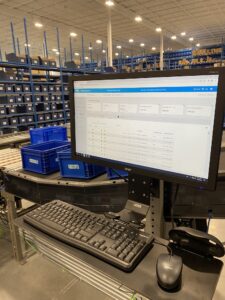
Most Unique Project
When reflecting on his career at as a digital technical consultant at SICK, he remembers a few unique projects. One project involved a small pharmaceutical customer. They were creating shipping labels for packages manually at five manual stations. They were looking to automate that process because they wanted to have fewer people manning the stations and also streamline the process. The system now automatically prints and places labels on the boxes, which took the process down from a five-person process to a single person placing boxes on the conveyor.
Another project William remembers is a third-party logistics customer that required an entire redesign of the entire receiving area to optimize flow and throughput for the inbound packages. To do this, all conveyors were removed, and the workstations were redesigned. The entire process was redesigned and optimized to improve the flow pf packages through the facility.
Prior to this, workstations were very separate, divided by the conveyor, which resulted in extra staffing requirements and multiple locations for goods awaiting transport to the next area. A warehouse transportation conveyance system was also added removing the need for employees having to place packages on carts and travel from the receiving area to warehouse storage or outbound packing areas.
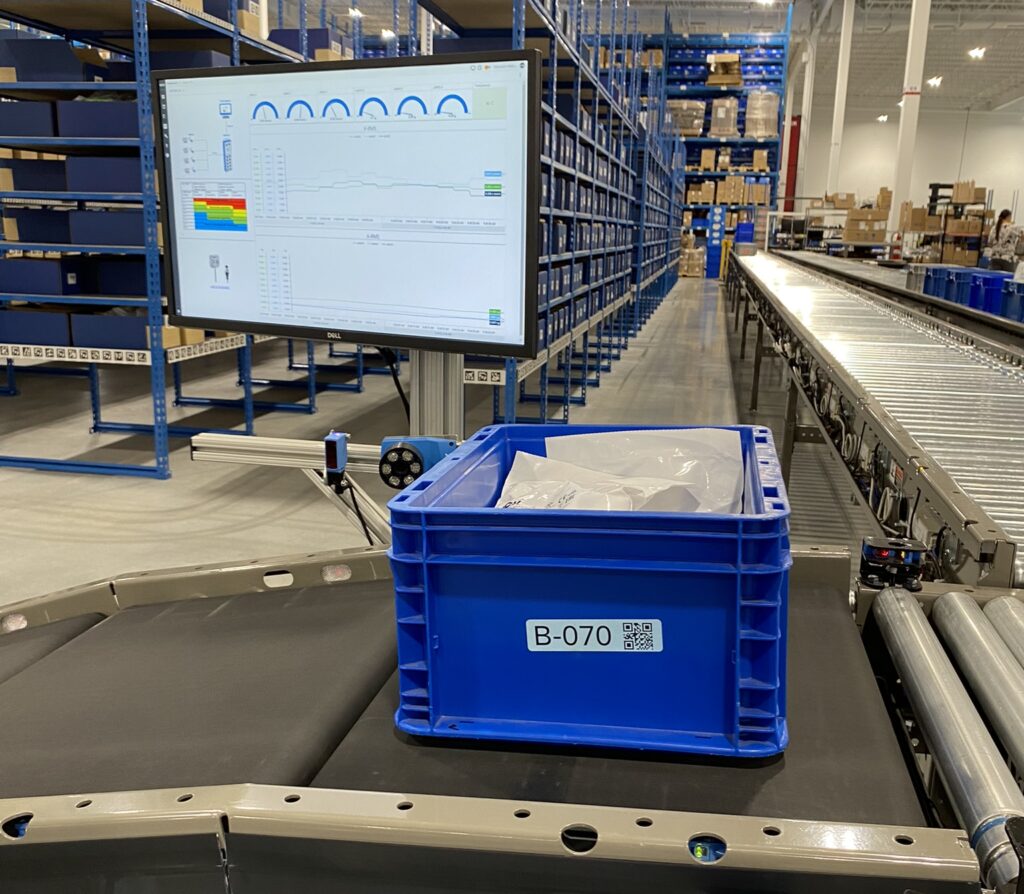
“Before we redesigned the layout, workers were walking upwards of 26,000 steps a day. After the takeaway conveyor was put in, they dropped down to about 12,000 steps,” William said. “This was a huge time saver and avoided unnecessary wear and tear on the human body.”
Overall, William enjoys his job because it’s never the same. He’s tackled so many projects and each one has different requirements, specifications, and customer needs.
“It’s a unique job where I get to see the entire life cycle of projects with the consulting side defining the problem and objectives at the beginning of the project life cycle through to the physical installation of that solution,” William said.
Want to learn more about our consulting and digital solutions team?


